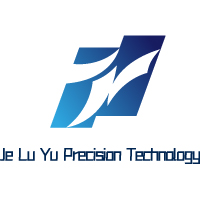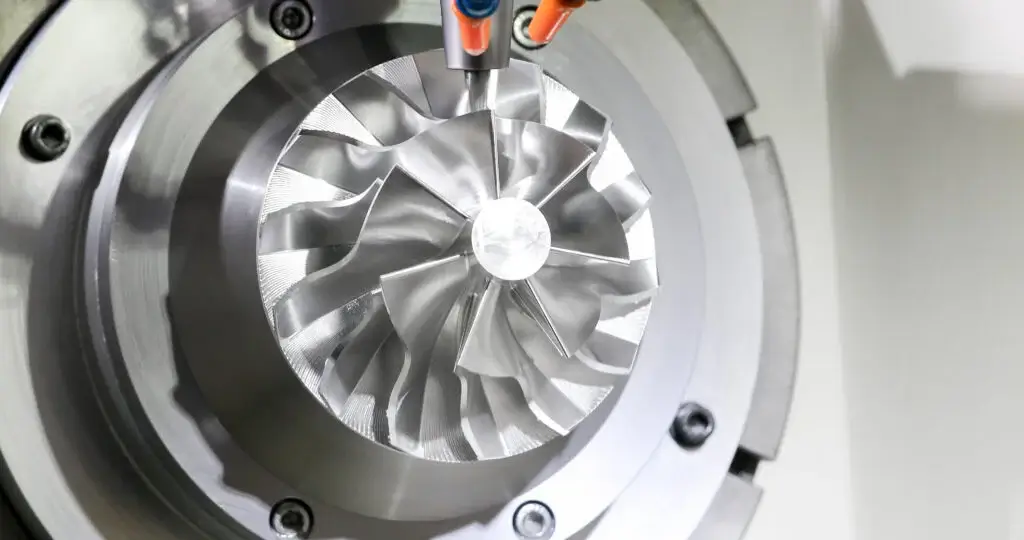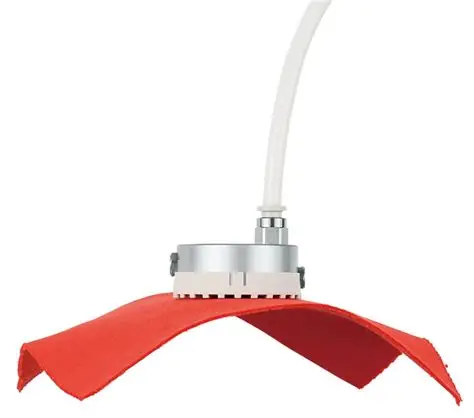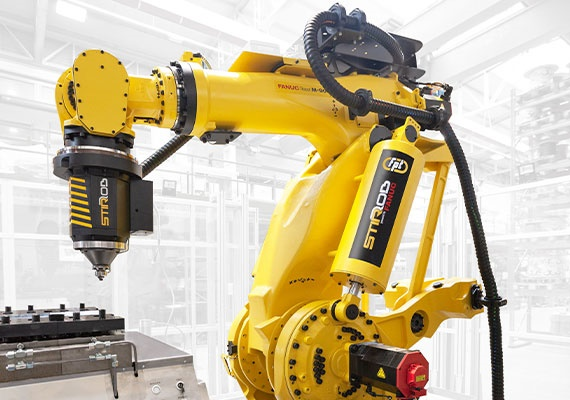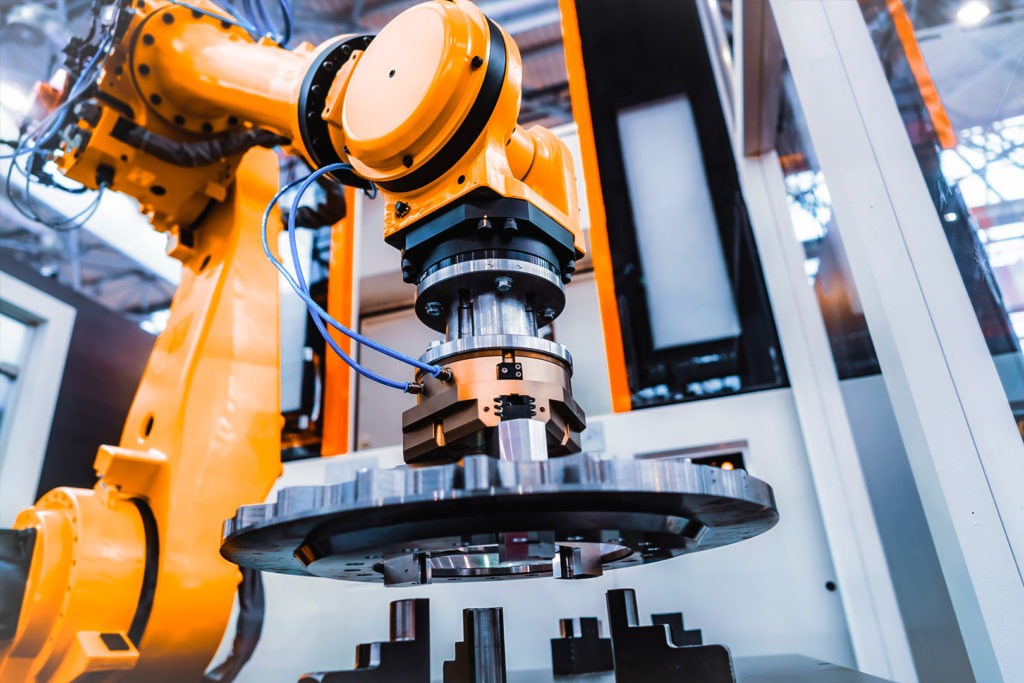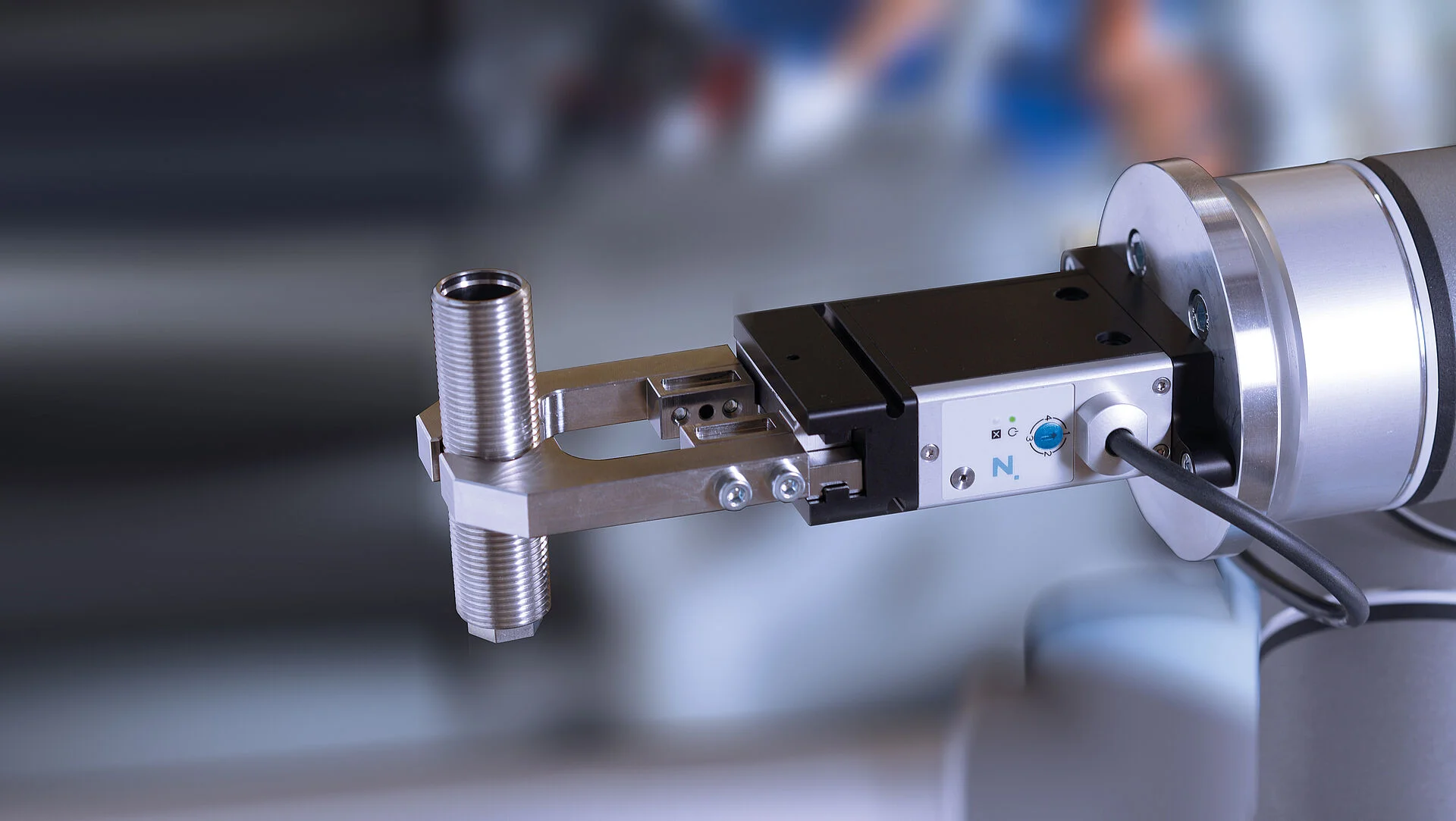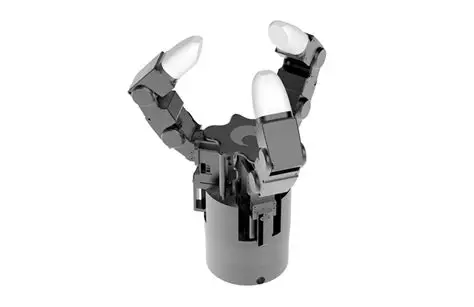Precision CNC Machining of Aluminum 7075 for Aerospace Applications: The Ultimate Guide
Introduction to Aluminum 7075 in Aerospace Manufacturing
Aluminum 7075 represents the gold standard in aerospace manufacturing materials, offering an exceptional strength-to-weight ratio that makes it indispensable for critical aircraft components. This zinc-based alloy has become the material of choice for structural applications where high stress resistance, fatigue performance, and reliability are non-negotiable requirements. The global aerospace industry’s relentless pursuit of lighter, stronger, and more fuel-efficient aircraft has cemented 7075 aluminum’s position as a foundational material in both commercial and defense aviation sectors.
The evolution of aluminum 7075 from laboratory formulation to aerospace essential spans decades of refinement in both alloy composition and manufacturing processes. Today, CNC machining of 7075 aluminum components represents the intersection of advanced material science and precision manufacturing technology, enabling the production of parts that meet the rigorous standards of organizations like NASA, ESA, and leading aerospace OEMs worldwide.
Material Properties and Advantages of Aluminum 7075
Exceptional Mechanical Characteristics
Aluminum 7075 offers a unique combination of properties that make it ideal for aerospace applications:
Table: Mechanical Properties of Aluminum 7075 vs. Other Aerospace Alloys
| Property | 7075-T6 | 6061-T6 | 2024-T3 | Titanium Grade 5 | Stainless 304 |
|---|---|---|---|---|---|
| Tensile Strength (MPa) | 572 | 310 | 470 | 895 | 505 |
| Yield Strength (MPa) | 503 | 276 | 325 | 828 | 215 |
| Elongation (%) | 11 | 12 | 20 | 10 | 40 |
| Density (g/cm³) | 2.81 | 2.70 | 2.78 | 4.43 | 8.00 |
| Fatigue Strength (MPa) | 159 | 96 | 138 | 525 | 241 |
| Hardness (Brinell) | 150 | 95 | 120 | 334 | 123 |
| Specific Strength | 204 | 115 | 169 | 202 | 63 |
Advantages for Aerospace Applications
The selection of 7075 aluminum for aerospace components provides numerous technical advantages:
-
High Strength-to-Weight Ratio: 7075 provides strength comparable to many steels at approximately one-third the weight, crucial for fuel efficiency and payload capacity.
-
Excellent Fatigue Resistance: With a fatigue strength of 159 MPa, 7075 withstands the repeated stress cycles experienced during flight operations.
-
Good Thermal Properties: Maintains mechanical properties across a wide temperature range, suitable for both high-altitude cold and engine-adjacent applications.
-
Machinability: Despite its high strength, 7075 offers good machinability with proper techniques, allowing for complex geometries and tight tolerances.
-
Anodizing Response: Accepts various surface treatments well, including anodizing and chemical conversion coatings for enhanced corrosion resistance.
CNC Machining Processes for Aluminum 7075
Material Preparation and Preprocessing
Proper material preparation is essential for successful machining of aerospace components:
Stress Relieving:
Aerospace-grade 7075 material typically undergoes stress-relieving treatments before machining to minimize internal stresses that can cause distortion during material removal. The T651 temper designation indicates the material has been stress-relieved by stretching.
Stock Selection:
Choosing appropriate stock forms and sizes minimizes material waste and machining time. For critical components, directionally aligned stock is often specified to optimize mechanical properties relative to load paths.
Precision Machining Techniques
CNC machining of 7075 requires specialized techniques to achieve aerospace-quality results:
Milling Operations
Table: Milling Parameters for Aluminum 7075 Aerospace Components
| Milling Operation | Cutting Speed (m/min) | Feed Rate (mm/tooth) | Depth of Cut (mm) | Tool Material | Surface Finish (Ra μm) |
|---|---|---|---|---|---|
| Roughing | 200-300 | 0.15-0.20 | 2.0-3.0 | Carbide | 3.2-6.3 |
| Finishing | 250-400 | 0.05-0.10 | 0.1-0.5 | Carbide | 0.8-1.6 |
| High-Speed Finishing | 400-600 | 0.02-0.05 | 0.05-0.2 | PCD | 0.4-0.8 |
| Micro-Milling | 100-150 | 0.005-0.015 | 0.01-0.05 | Micro-grain Carbide | 0.2-0.4 |
| Contour Milling | 200-300 | 0.08-0.12 | 0.5-1.5 | Carbide | 0.8-1.6 |
Dynamic Milling Strategies:
For aerospace components, trochoidal milling and adaptive clearing techniques are employed to maintain consistent chip loads, reduce tool wear, and minimize heat generation. These approaches are particularly valuable for roughing operations where material removal rates are critical.
Turning Operations
Table: Turning Parameters for Aluminum 7075 Aerospace Components
| Turning Operation | Cutting Speed (m/min) | Feed Rate (mm/rev) | Depth of Cut (mm) | Tool Material | Tolerance (mm) |
|---|---|---|---|---|---|
| Rough Turning | 200-300 | 0.15-0.25 | 1.0-2.0 | Carbide | ±0.05 |
| Finish Turning | 250-350 | 0.05-0.12 | 0.1-0.5 | Carbide | ±0.01 |
| Precision Turning | 150-250 | 0.02-0.06 | 0.05-0.2 | PCD | ±0.005 |
| Thread Turning | 100-150 | Pitch Dependent | 0.05-0.2 | Carbide | ±0.01 |
| Grooving | 120-180 | 0.05-0.15 | Tool Width | Carbide | ±0.015 |
Drilling and Hole-Making
Table: Drilling Parameters for Aluminum 7075 Aerospace Components
| Drilling Operation | Cutting Speed (m/min) | Feed Rate (mm/rev) | Drill Type | Point Angle (degrees) | Hole Quality |
|---|---|---|---|---|---|
| Standard Drilling | 80-100 | 0.08-0.15 | Carbide Twist | 118 | Good |
| Precision Drilling | 100-120 | 0.04-0.08 | Carbide Brad | 135 | Excellent |
| Deep Hole Drilling | 60-80 | 0.03-0.06 | Gun Drill | 140 | Very Good |
| Micro-Drilling | 40-60 | 0.005-0.015 | Micro Carbide | 118 | Good |
| Reaming | 20-30 | 0.10-0.20 | Carbide Reamer | N/A | Excellent |
Tooling Selection for 7075 Aluminum Machining
Cutting Tool Materials
Tool material selection is critical for achieving optimal results with 7075 aluminum:
Carbide Tools:
-
General Purpose: Fine-grained carbide (0.8-1.2μm) with TiAlN or AlCrN coatings
-
Enhanced Performance: Submicron grain carbide (<0.8μm) for improved edge retention
-
Specialized Applications: Diamond-coated carbide for extended tool life in high-volume production
Polycrystalline Diamond (PCD) Tools:
-
High-Volume Production: Exceptional wear resistance for long production runs
-
Superior Finish: Ability to maintain sharp cutting edges for improved surface finish
-
Reduced Friction: Lower coefficient of friction reduces heat generation
Tool Geometry and Design
Optimal tool geometry for 7075 aluminum machining:
End Mills:
-
3-Flute Design: Ideal for roughing operations with sufficient chip clearance
-
4-Flute Design: Better for finishing operations and improved surface finish
-
High Helix Angles: 35-45° for efficient chip evacuation
-
Polished Flutes: Improve chip flow and reduce chip welding
Inserts:
-
Positive Rake Angles: Reduce cutting forces and minimize work hardening
-
Sharp Cutting Edges: Essential for clean cutting and reduced cutting forces
-
Chip Breakers: Designed specifically for aluminum’s chip formation characteristics
Technical Challenges and Solutions in Aerospace Machining
Managing Residual Stresses
Residual stress management is critical for aerospace components:
Problem: Aluminum 7075 is particularly susceptible to distortion due to residual stresses from both material production and machining operations.
Solutions:
-
Strategic Material Removal: Balanced material removal to prevent stress redistribution imbalance
-
Multi-Axis Machining: Complete machining in minimal setups to avoid stress reorientation
-
Stress Relief Annealing: Intermediate annealing processes for complex components
-
Finite Element Analysis: Simulation of machining processes to predict and compensate for distortion
Thin-Wall Machining
Aerospace components often feature thin-wall sections for weight reduction:
Challenges:
-
Vibration and Chatter: Thin walls are prone to vibration during machining
-
Tool Deflection: Cutting forces can deflect thin walls away from the tool
-
Heat Buildup: Limited mass for heat dissipation can lead to thermal deformation
Solutions:
-
Trochoidal Milling: Reduced radial engagement with high feed rates
-
Toolpath Optimization: Adaptive toolpaths that maintain consistent cutting forces
-
Specialized Tooling: Long-reach tools with variable helix angles for vibration damping
-
Dynamic Milling: Light radial depths of cut with high feed rates
Surface Integrity Requirements
Aerospace components demand exceptional surface integrity:
Requirements:
-
Surface Finish: Typically Ra 0.4-0.8 μm for critical surfaces
-
Subsurface Damage: Minimal altered layer with no microcracks or tears
-
Geometric Accuracy: Tight tolerances often within ±0.025 mm
Achievement Strategies:
-
Progressive Tool Paths: Step-down reduction strategies for finishing passes
-
Climb Milling: Preferred for better surface finish and tool life
-
Tool Condition Monitoring: Ensuring tools are sharp and in optimal condition
-
High-Speed Machining: Appropriate parameters to minimize built-up edge
Quality Assurance and Metrology
Dimensional Verification
Precision measurement techniques for aerospace components:
-
Coordinate Measuring Machines (CMM): For comprehensive geometric verification with micron-level accuracy
-
Laser Scanning: For complex surface contours and free-form geometries
-
Optical Comparators: For rapid 2D measurement of critical features and profiles
-
Articulating Arms: For large components requiring portable metrology
Surface Finish Evaluation
Surface quality assessment methods:
-
Contact Profilometry: For quantitative Ra, Rz, and Rmax measurements
-
Non-Contact Profilometry: For delicate components without surface contact
-
Visual Inspection: Under controlled lighting conditions for defect detection
-
Scanning Electron Microscopy: For ultra-high magnification analysis of surface features
Material Verification
Quality assurance testing:
-
Spectrochemical Analysis: Verification of material composition
-
Hardness Testing: Confirmation of temper condition
-
Microstructural Analysis: Grain structure and inclusion assessment
-
Certification Documentation: Full material traceability per aerospace requirements
Applications and Case Studies
Case Study 1: Aircraft Structural Component
Challenge: Machine a complex wing spar component from 7075-T7351 with ±0.05mm dimensional tolerance and Ra 0.8μm surface finish for a commercial airliner, while minimizing machining stresses and maintaining material properties.
Solution: Implemented 5-axis CNC machining with progressive roughing strategy and stress-relief cycles between machining operations. Used dynamic milling techniques to maintain consistent tool loading and minimize heat generation.
Results: Achieved 99.8% dimensional compliance with all critical features within specification. Surface finish measured Ra 0.6-0.8μm without manual polishing. The component passed all structural tests with zero stress-related distortion during quality verification.
Case Study 2: Spacecraft Guidance Component
Challenge: Produce precision guidance system components from 7075-T6 with micron-level accuracy and exceptional thermal stability for satellite applications, ensuring performance in space environment.
Solution: Employed precision 4-axis machining with cryogenic cooling to minimize thermal effects. Implemented compensation strategies for tool deflection and machine thermal growth. Used in-process measurement to verify critical dimensions without unclamping.
Results: Components exceeded all precision requirements with positional accuracy of ±2μm. Demonstrated exceptional thermal stability with less than 0.5μm dimensional change after thermal cycling from -100°C to +120°C. The components successfully passed space qualification testing.
Case Study 3: UAV Airframe Components
Challenge: Manufacture lightweight yet structural airframe components for high-performance UAV with optimized strength-to-weight ratio and rapid production timeline for defense application.
Solution: Utilized high-speed 5-axis machining with specialized aluminum-specific toolpaths. Implemented aggressive roughing strategies with light finishing passes to maximize material removal rates while maintaining accuracy. Applied non-destructive testing to verify structural integrity.
Results: Achieved 40% weight reduction compared to previous design while maintaining structural requirements. Reduced machining time by 35% through optimized toolpaths and parameters. Components met all performance specifications and passed rigorous military environmental testing.
Design Guidelines for Aerospace Components
Design for Manufacturability
Optimizing designs for CNC machining 7075 aluminum:
-
Wall Thickness: Maintain minimum 0.5mm wall thickness for structural components
-
Radii and Corners: Use minimum 0.2mm internal radii to reduce stress concentrations
-
Feature Size: Minimum feature size of 0.1mm for standard machining, 0.05mm for micro-machining
-
Tolerance Considerations: Standard tolerances ±0.05mm, precision tolerances ±0.01mm achievable
-
Draft Angles: Not typically required for CNC machined components
Cost Optimization Strategies
Reducing manufacturing costs without compromising aerospace quality:
-
Material Selection: Choose appropriate temper for application requirements
-
Design Simplification: Reduce complex features where possible
-
Standardization: Use standard tool sizes and feature dimensions
-
Batch Production: Combine multiple parts in single setups when possible
-
Secondary Operations: Minimize additional processing requirements
Future Trends in Aerospace Machining
Advanced Manufacturing Technologies
Emerging technologies shaping the future of aerospace component manufacturing:
-
Hybrid Manufacturing: Combining additive manufacturing with CNC machining for complex geometries
-
AI-Optimized Machining: Machine learning algorithms for predictive tool wear and adaptive machining parameters
-
Digital Twin Technology: Virtual machining simulations that predict and prevent issues before physical machining
-
Sustainable Manufacturing: Reduced waste and energy consumption through optimized processes
Material Developments
Advanced aluminum formulations under development:
-
Nanostructured Aluminum: Enhanced mechanical properties through grain structure control
-
Self-Healing Alloys: Materials that can repair minor damage during service
-
Functionally Graded Materials: Components with varying properties optimized for local stresses
-
Enhanced Corrosion Resistance: Improved formulations for harsh environments
Conclusion: The Strategic Value of Precision Machining for Aerospace Aluminum
CNC machining of aluminum 7075 for aerospace applications represents the pinnacle of manufacturing excellence, combining advanced material science with precision engineering. The unique properties of 7075 aluminum make it indispensable for aircraft and spacecraft components where performance, reliability, and safety are paramount.
The future of aerospace manufacturing will continue to demand higher precision, improved efficiency, and enhanced capabilities for machining aluminum components. As technologies advance, the integration of digital systems, advanced tooling, and innovative processes will further elevate the quality and performance of aerospace components.
For aerospace manufacturers seeking to leverage the full potential of aluminum 7075, partnering with an experienced CNC machining provider ensures access to the expertise, equipment, and processes necessary for successful component manufacturing.
For specific applications or to discuss your aerospace machining requirements, please contact our technical team for personalized assistance and process recommendations: https://www.jlypt.com/cnc-machining-services/
